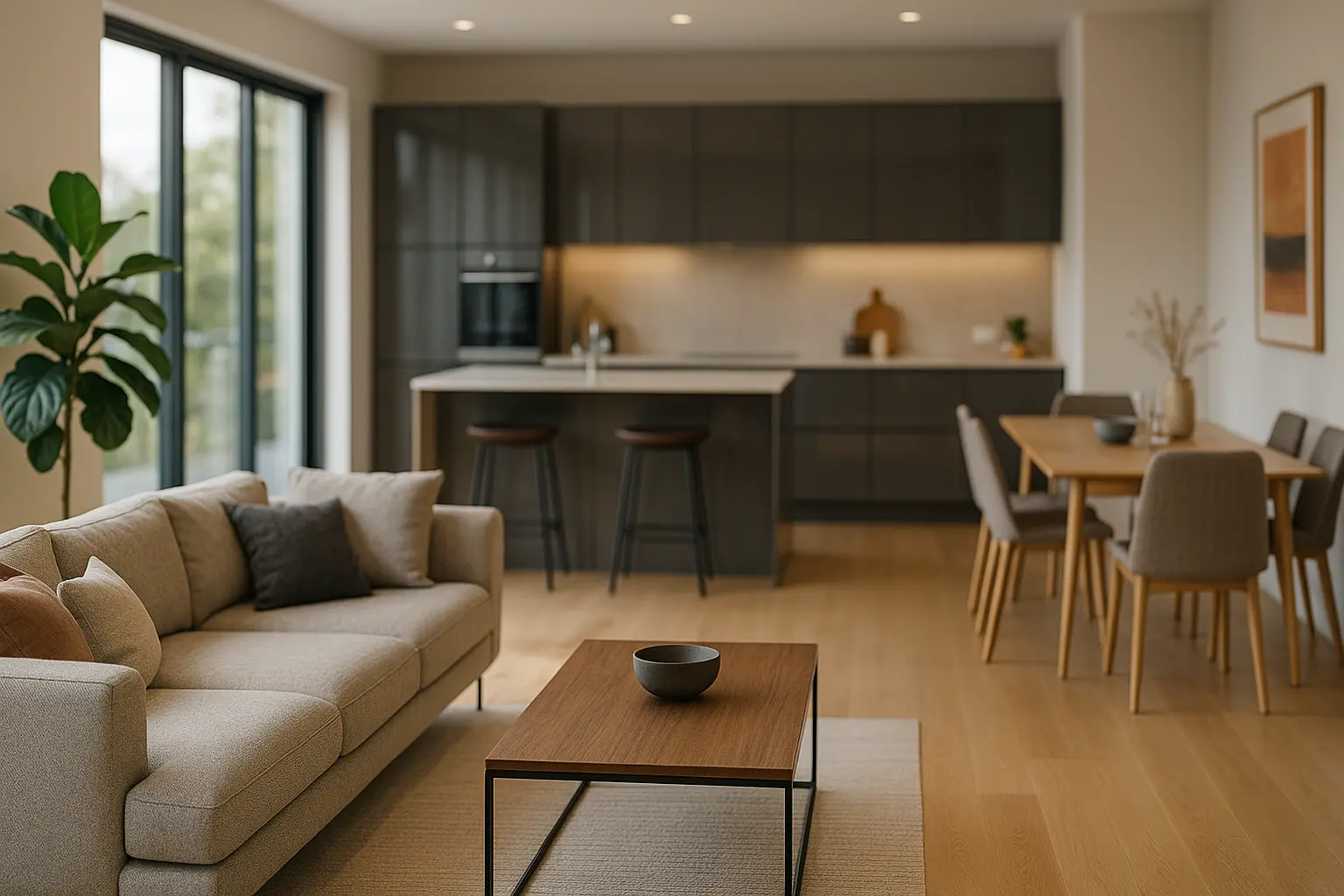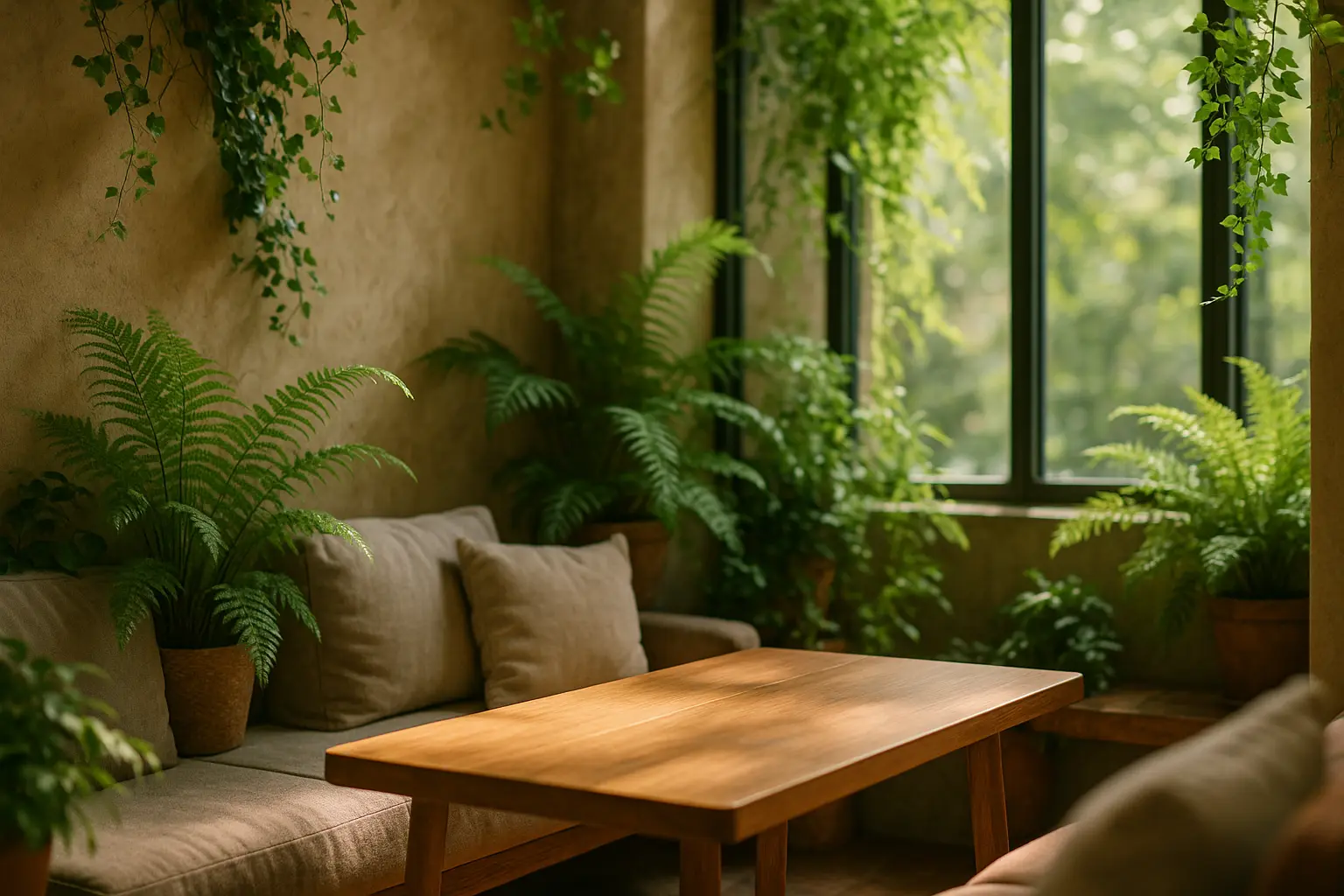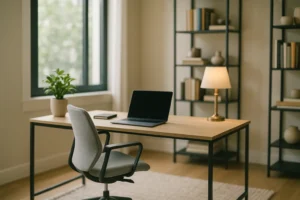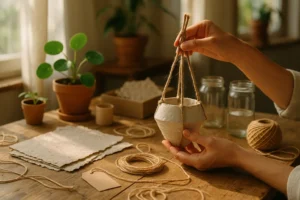The Power of Plants: Why Every Room Needs One
Let’s face it, the world is constantly buzzing with the latest trends in technology, design, and lifestyle. Yet amid all this, we often overlook a simple, age-old secret: plants. Imagine stepping into a room that instantly feels fresher and more welcoming. That’s the magic of plants. Whether it’s for your living room, bedroom, or office, every space can benefit from a touch of nature. It’s time we rediscover the transformative power of indoor plants, not just for their aesthetic appeal but also for their myriad benefits to our health and well-being. In this article, we’ll delve into how incorporating plants in our interior design can create a natural, healthy environment, and why every room truly needs one.
Breathing Life: Enhancing Air Quality
When we think of plants, lush greenery and vibrant colors may first come to mind, but there’s more than meets the eye. Plants are natural air purifiers. They absorb carbon dioxide and release oxygen, creating a fresher, cleaner atmosphere. In urban environments, where air quality often leaves much to be desired, indoor plants act as unsung heroes.
Several studies have shown that certain plants are particularly effective at removing toxins like formaldehyde, benzene, and trichloroethylene from the air. Plants such as spider plants, snake plants, and peace lilies are among the best for improving air quality in your room. They help create a healthier living space by absorbing harmful pollutants.
Moreover, introducing plants into our homes or offices can also help maintain humidity levels. Plants release moisture during photosynthesis, contributing to a more balanced indoor climate, especially useful during dry winter months.
By prioritizing plants in our interior design, we not only enhance the visual appeal but also contribute to better health. After all, who wouldn’t want to breathe cleaner air and feel more connected to nature in their personal space?
Aesthetic Appeal: Enhancing Interior Design
Plants are not just functional; they are also an incredible asset to interior design. The beauty of plants lies in their versatility. They can complement any room style, from minimalist modern to bohemian chic. Whether we’re looking to add a splash of color or introduce texture, plants serve as the perfect accent pieces in our homes.
Consider the various shapes, sizes, and colors plants offer. Tall, leafy plants like the fiddle leaf fig can add height and drama, while smaller succulents bring in a cozy, minimalistic vibe. Plants like monsteras and philodendrons provide a lush, tropical feel, perfect for creating an indoor oasis.
Integrating plants into our design decisions can help soften sharp edges, fill empty corners, and add a sense of life and movement to static spaces. Their ability to integrate seamlessly into any space makes them indispensable tools for anyone serious about interior design.
In essence, plants can help us redefine our living spaces, making them not only more beautiful but also more inviting.
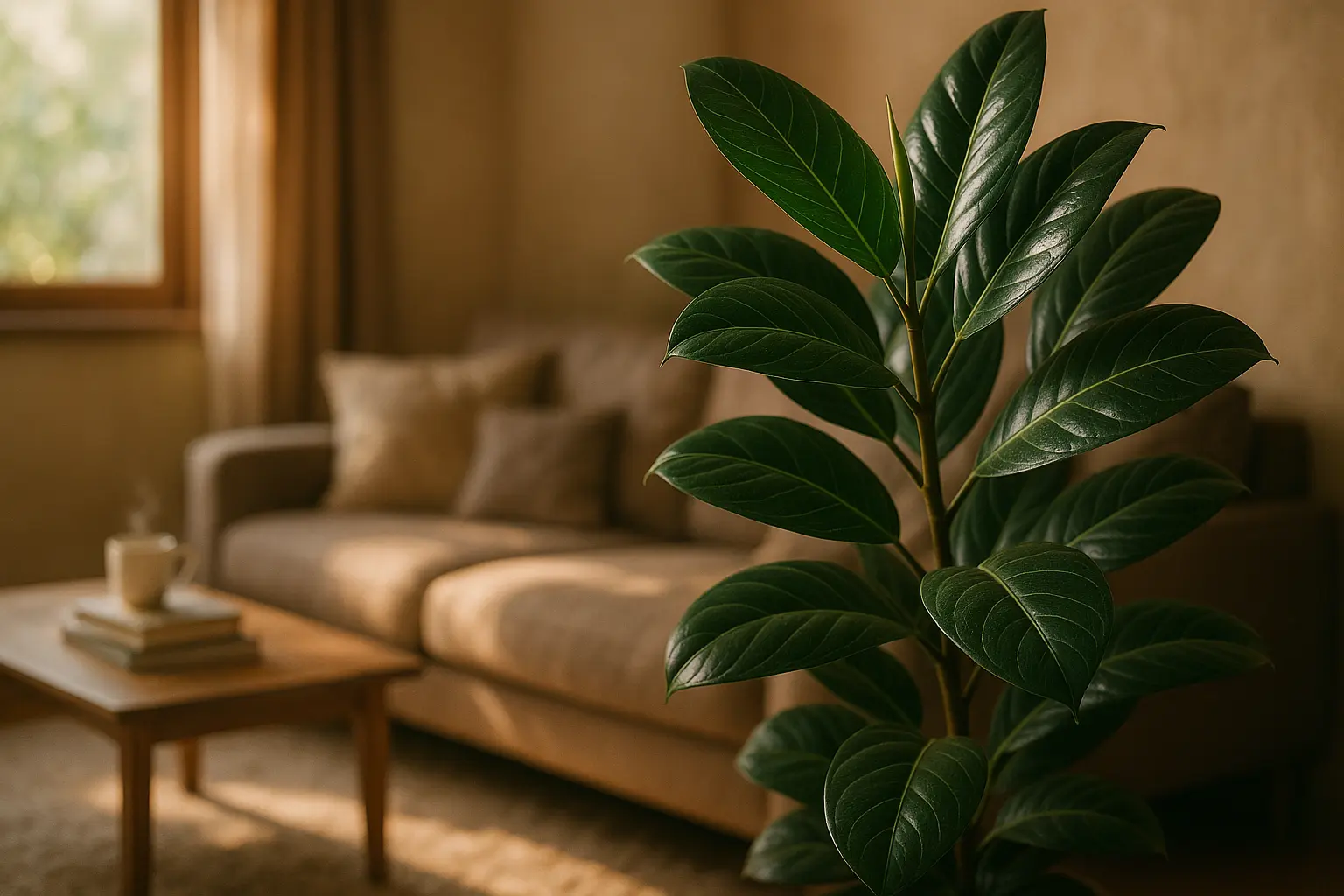
Mental Well-being: The Psychological Benefits
There’s a reason why time spent in nature leaves us feeling rejuvenated. Plants have a profound impact on our mental health. Their presence in our living spaces can help reduce stress, improve mood, and enhance overall well-being.
Plants interact with our senses in subtle yet powerful ways. The sight of greenery can evoke feelings of calm and tranquility. Research has shown that having plants in a room can improve concentration and productivity by up to 15%. This is particularly beneficial in workspaces or study areas.
Additionally, caring for plants can be a meditative practice. The act of tending to a plant, noticing its growth, and nurturing it can foster a sense of accomplishment and purpose. In a world that often feels fast-paced and disconnected, plants offer a chance to slow down and reconnect with the natural world.
Incorporating plants into our daily lives isn’t just about enhancing physical spaces. It’s about cultivating an environment that supports mental clarity and emotional well-being.
The Practical Guide to Choosing and Caring for Plants
So, we’ve established why plants are essential, but how do we choose the right ones for our space? Let’s explore some practical tips.
First, consider the room’s light levels. Some plants, like pothos and ferns, thrive in low-light conditions, making them perfect for dim bedrooms or office corners. Others, like cacti and aloe, require bright, direct sunlight.
Next, think about the plant’s size in relation to the space. Large plants make bold statements in open rooms, while smaller ones are ideal for desks or shelves.
Maintenance is another crucial factor. If you’re a novice plant parent, opt for low-maintenance plants like snake plants or ZZ plants. They require minimal watering and are resilient to neglect.
Finally, let’s not forget about air circulation. Placing plants where they can benefit from natural airflow will help them thrive.
Embracing plants in our interior design isn’t just a trend—it’s a lifestyle choice that requires thought and care. By selecting the right plants and giving them the attention they deserve, we can enjoy a harmonious living space that celebrates the beauty and benefits of nature.
As we’ve explored, plants are much more than pretty additions to our interior spaces. They breathe life into our rooms and hearts, bringing a host of benefits that enhance our daily lives. From improving air quality to boosting mental well-being, the impact of plants is undeniable.
In a world where we’re increasingly detached from the natural world, bringing plants into our homes and offices is a simple yet profound way to reconnect with nature. So, let’s embrace the green revolution and transform our spaces into thriving living environments. After all, every room deserves the touch of plants—the ultimate expression of life, health, and beauty.
FAQ
What are the main benefits of having plants in a room?
Plants can improve air quality by filtering out toxins, enhance the aesthetic appeal of a space, boost mood and creativity, and even reduce stress and improve focus.
How do plants enhance air quality in indoor environments?
Plants absorb carbon dioxide and release oxygen, contributing to cleaner air. Some species also have the ability to remove harmful pollutants like formaldehyde and benzene from the air.
Is there a recommended type of plant for improving mental well-being?
While any plant can have a positive impact, studies suggest that flowering plants like lavender and jasmine are particularly beneficial for stress relief and promoting relaxation.
Do certain plants require less maintenance than others?
Yes, some plants like succulents, snake plants, and pothos are known for being low-maintenance due to their ability to thrive with minimal watering and care.
Can plants influence productivity and concentration?
Yes, research indicates that the presence of plants can enhance concentration, improve memory retention, and increase overall productivity by creating a calming and stimulating environment.

